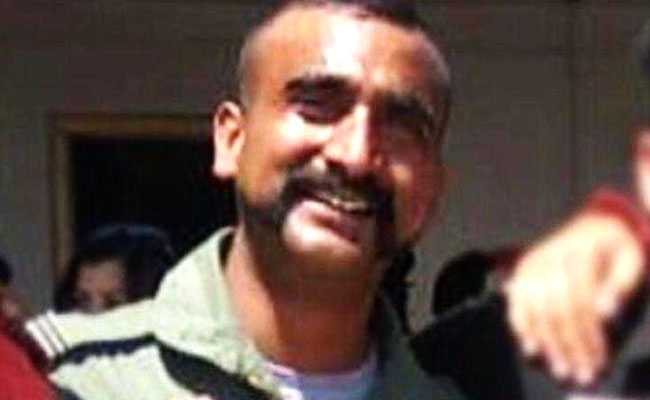The 38-year-old was captured by Pakistan on Wednesday after his MiG-21 Bison crashed during an aerial dogfight with a Pakistani jet. However, it is believed India put back-channel diplomatic pressure with the help of allies to make Pakistan release the pilot immediately.

Attari: Pakistan handed over captured IAF pilot Abhinandan Varthaman to the Indian High Commission in Islamabad on Friday. Sources said that Wing Commander Abhinandan would cross the Wagah-Attari border today and the formalities in Lahore would be complete by 5 pm.
He has reportedly reached Lahore, which is just over 23 kilometres from the Wagah border. He was expected to arrive at the border at around 4 pm but could reach later. The IAF pilot’s capture in Pakistan occurred amid escalating military tension between the two countries.
A high ranking officer on condition of anonymity informed News18 that wing commander Abhinandan Varthaman will undergo a thorough interrogation on returning back to India on Friday evening. Lt Gen (Retd) HS Panag told News18 that on his return, a PoW is first disarmed and then interrogated in order to “acquire whatever information we can out of him”.
A large number of people have assembled at the Attari Joint Check Post (JCP) to receive Indian Air Force (IAF) pilot Abhinandan Varthaman who is likely to be released by Pakistani authorities later in the day. People started arriving in Attari, around 30 km from Amritsar, since 6 a.m. Their numbers swelled by 9 a.m.
The Border Security Force (BSF), which mans the JCP and the 553-km long International Border with Pakistan in Punjab is on high alert. Punjab Police and other security agencies have been stationed additional personnel since early Friday morning.
On Wednesday, IAF pilot Abhinandan’s MiG 21 had shot down Pakistan’s F-16 fighter jet before falling into an ambush which led to the crash of the fighter jet he was flying. The 38-year-old was captured by Pakistan on Wednesday after his MiG-21 Bison crashed during an aerial dogfight with a Pakistani jet.
Abhinandan landed on Pakistani soil after ejecting from his jet and was arrested by the Pakistani forces. However, it is believed India put back-channel diplomatic pressure with the help of allies to make Pakistan release the pilot immediately.
On Thursday, Imran Khan announced in the Pakistan National Assembly that Abhinandan would be set free as ‘peace gesture’. India has meanwhile maintained that Pakistan is obliged to release the pilot under the Geneva Conventions.
While the debate over POW status to Varthaman escalates, 54 other Indians soldiers, officers and pilots continue to be held by Pakistan as POWs since the 1971 conflict, although the Pakistan government has often denied their presence on its soil. The 54 POWs have come to be known as ’The Missing 54,’ News18 reported.
‘The Missing 54’ are the soldiers and officers of Indian armed forces who were given the status of missing in action (MIA) or killed in action after the 1971 Indo-Pak war. However, they are believed to be alive and imprisoned in various Pakistani jails. They include 30 personnel from the Indian Army and 24 from the Indian Air Force (IAF), the report said.
The 30 Army personnel include one Lieutenant, eight Captains, two Second Lieutenants, six Majors, two Subedars, three Naik Lieutenants, one Havaldar, five gunners and two sepoys from the Indian Army. The remaining 24 from the Indian Air Force include three Flight Officers, one Wing Commander, four Squadron Leaders and 16 Flight Lieutenants, the report added.
The families have approached both the United Nations and the International Committee for the Red Cross in their 48-year-long campaign, but neither body was able to help.
During the 1971 war, India had taken almost 90,000 Pakistani troops as POWs. However, all of them were released as part of the Simla peace agreement.
The provisions of the Geneva conventions apply in peacetime situations, in declared wars, and in conflicts that are not recognised as war by one or more of the parties. The treatment of prisoners of war is dealt with by the Third Convention or treaty. More specifically, the 3rd Geneva Convention of 1949 lays down a wide range of protection for prisoners of war. It defines their rights and sets down detailed rules for their treatment and eventual release. International humanitarian law (IHL) also protects other persons deprived of liberty as a result of armed conflict, the report said.